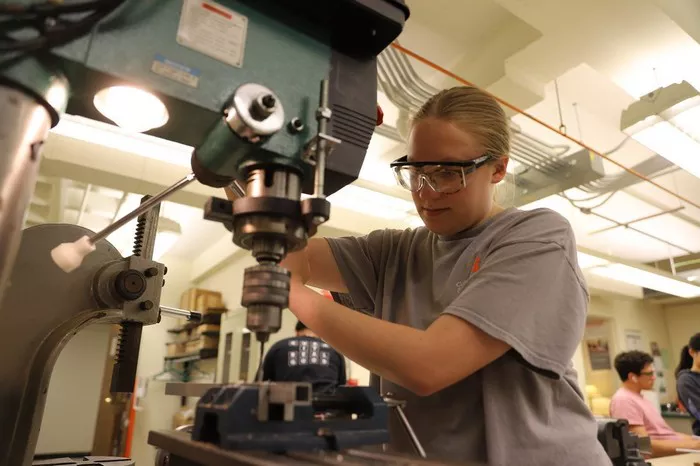Turbochargers have long been common in combustion engines, primarily in passenger cars, but have yet to make their mark in the motorcycle world. That could soon change as stricter emissions regulations drive demand for smaller, more powerful engines in two-wheelers.
Yamaha, known for its history of innovation, has filed patents hinting at the introduction of an electric turbocharger on its CP3 three-cylinder engine, which currently powers models like the YZF-R9 and MT-09 with 117 bhp from an 847cc displacement. If production follows, this turbocharged variant is expected to deliver significantly higher output.
Unlike Honda, which recently unveiled an electric compressor for its upcoming V3 engine at the 2024 EICMA show in Milan, Yamaha’s patent reveals a different approach: an electrically controlled turbocharger system.
Though electric turbochargers are established in high-performance cars, integrating them into motorcycles presents unique challenges. Space constraints make fitting the turbocharger, intercooler, and pipework difficult, while added weight directly impacts handling and rider comfort.
Turbo lag poses another hurdle. Motorcycles use highly sensitive twistgrip throttles, which can make even slight delays between throttle input and power delivery much more noticeable compared to car pedals. Despite advanced electronic throttles and engine management, eliminating lag remains a technical challenge on lightweight, high-revving bikes.
Patent images suggest Yamaha’s system will use a high-voltage electric motor, paired with a crankshaft-driven generator, to power the turbocharger. This setup resembles automotive electric turbos from suppliers like Garrett and BorgWarner, already used by brands such as Mercedes and Porsche. These e-turbos use exhaust gases to spin a turbine, while the electric motor supplements boost at low engine speeds or throttle positions, effectively eradicating turbo lag.
While specifics on voltage remain undisclosed, e-turbos in cars generally operate on 48V systems, higher than the standard 12V. Yamaha’s patents also emphasize minimizing high-voltage wiring lengths to optimize system efficiency and reliability.
Notably, Kawasaki has already adopted forced induction technology with supercharged models like the Ninja H2R and Ninja H2 SX, indicating a broader industry trend toward enhancing motorcycle performance through advanced turbocharging and supercharging solutions.
Yamaha’s electric turbocharger initiative could revolutionize motorcycle performance, delivering more power while helping meet tough emission standards in the near future.

